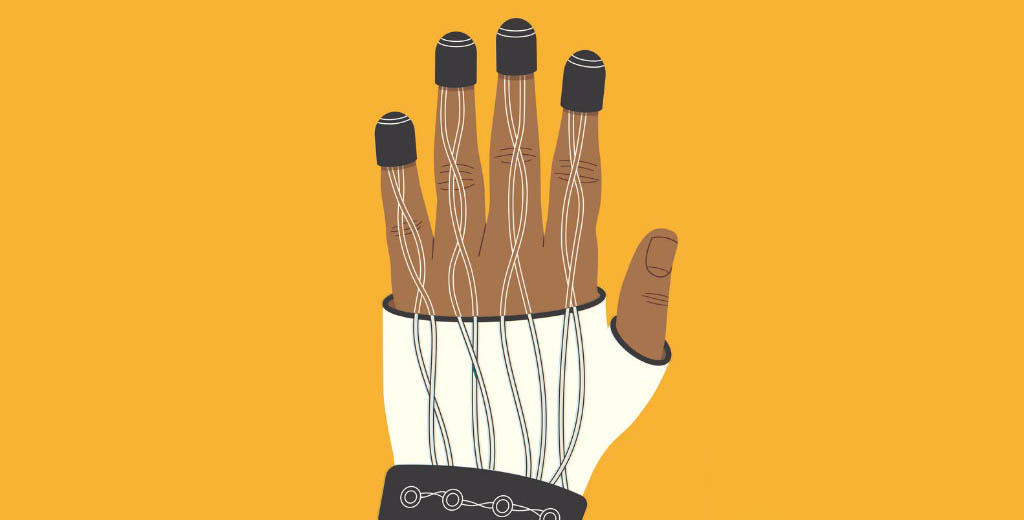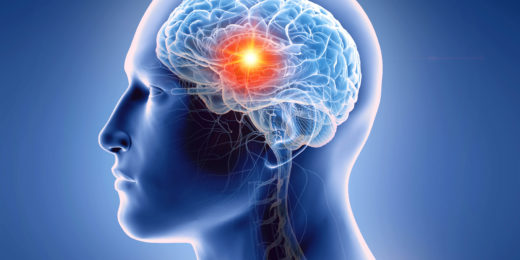Kanwarjit Bhutani was 39 when he was diagnosed with Parkinson's. For a long time, only his family and close friends knew. That changed when, 10 years after his diagnosis, the symptoms worsened suddenly and he could no longer work.
"I basically went into hiding," Bhutani said for a recent Stanford Medicine magazine story about a vibrating glove treatment that has been shown in early trials to relieve symptoms of the disease.
In the article -- "Good Vibrations: Can Parkinson's symptoms be stopped?" -- science writer Holly Alyssa MacCormick, described how Peter Tass, MD, PhD, a Stanford School of Medicine professor of neurosurgery, and his team developed the glove, which delivers vibratory bursts of electricity to the fingertips.
Parkinson's disease attacks brain cells that make dopamine, a chemical that our nervous system uses to send messages between nerve cells for functions like movement, mood and behavior, the article explains. Symptoms -- including tremors, muscle stiffness and rigidity, slow movement, loss of balance and difficulty walking -- occur when groups of neurons abnormally fire in unison.
A common treatment for Parkinson's is to prescribe drugs that mimic dopamine. Another option is to prescribe deep brain stimulation, which targets abnormal brain patterns with electrodes that are implanted into the brain and linked to a pacemaker-like device.
But both options are expensive and can have serious side effects.
"My goal is to create treatments that are more effective and less brutal on the body by simply utilizing the self-organization power within the body," Tass said.
Using computer simulations, Tass and his team discovered that a patterned stimulus that vibrates at a frequency of 100 to 300 hertz (cycles per second) can desynchronize neuron-firing. And a recent study of a small group of patients found that wearing the glove for two hours, twice a day does just that, calming many of the symptoms. In addition, patients reported that use of the glove also helped ease mood swings, behavior changes, depression and the loss of smell and taste.
Stanford Medicine neurobiologist Bill Newsome, PhD, told MacCormick that when he first saw videos showing improvement among patients in early research, "it seemed like magic." But, he said, further research is needed involving more people, and it's important to determine which patients are most likely to benefit from the therapy.
"Although much painstaking research remains to be done, this therapy is potentially game-changing because it is completely noninvasive," said Newsome, who holds the Harman Family Provostial Professorship and directs Stanford's Wu Tsai Neurosciences Institute.
Bhutani, who participated in pilot studies of the therapy beginning in 2018 and still uses it, told MacCormick that within weeks of starting treatments, he was able to decrease his medications, his muscles became less rigid and stiff, and his mood improved.
"It was a dream come true," he said. "I feel my quality of life has come back."
Watch a video showing the movements of a person with Parkinson's' disease before and after treatment with vibrotactile coordinated reset stimulation.
Illustration by Harry Campbell






